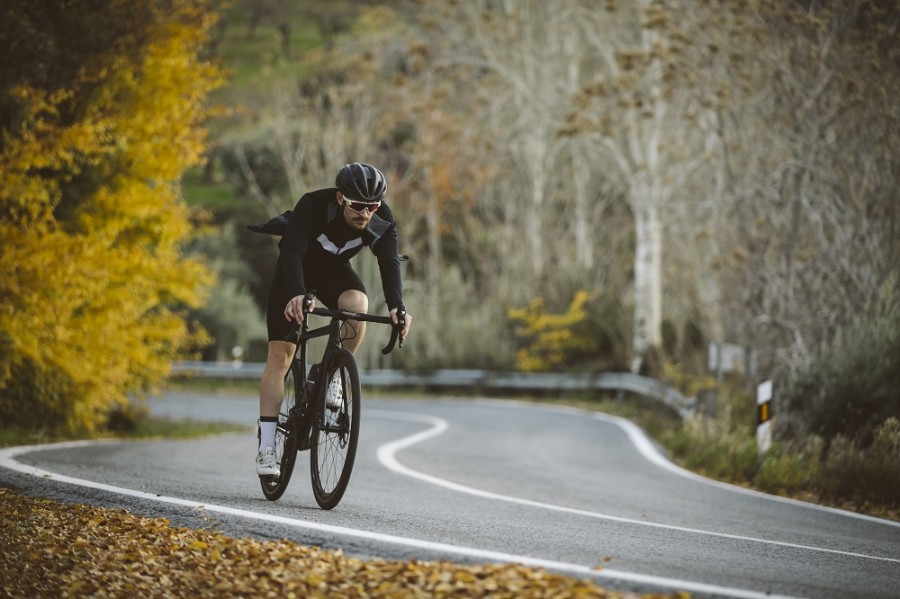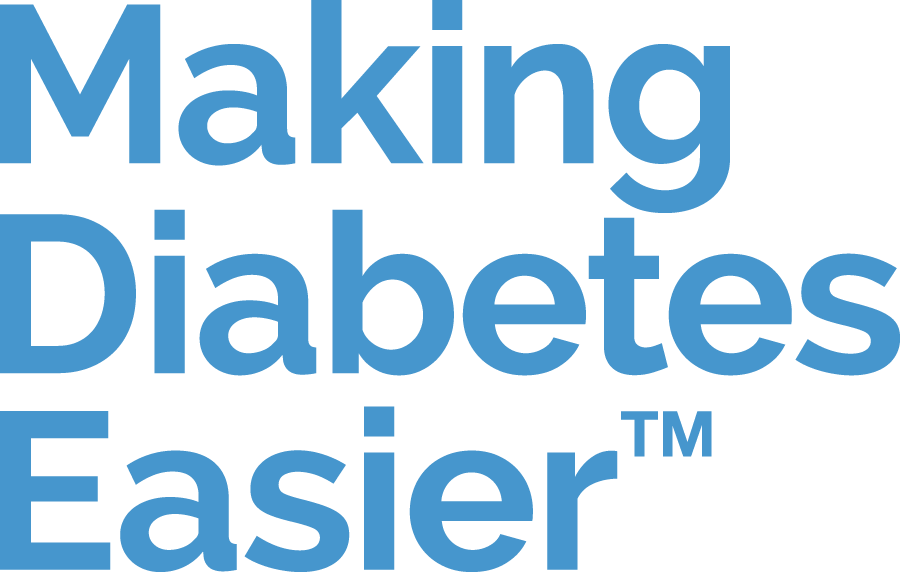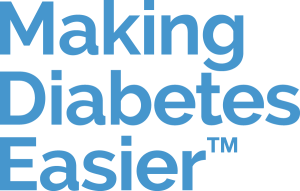Doing sport with an insulin pump

Fewer diabetes-related complications, increased sensitivity to insulin, improvements in quality of life... There are many benefits of regular physical activity for people living with diabetes.
Insulin pumps connected to continuous glucose monitoring (CGM) devices allow people living with diabetes to exercise in a safer way than ever before. However, some worries persist, notably the fear of hypoglycaemia, and this may dampen the best intentions. But rest assured: doing sport and using an insulin pump are not incompatible.
The advantages of using an insulin pump while doing sport
The effect of exercise on blood glucose levels depends on the balance between the amount of glucose available in the body and its consumption by muscles. This glycaemic balance is itself determined by the quantity of glucose in the last meal or snack, by the intensity and duration of exercise, and by the person's specific medical considerations.
If the insulin level is too high, hypoglycaemia can occur during or after exercise. On the other hand, if insulin is lacking, physical exercise can result in hyperglycaemia. Wearing an insulin pump during sport is therefore ideal for precisely managing blood glucose levels. The pump - coupled with a continuous glucose monitoring device (CGM) - makes it possible to anticipate and monitor fluctuations, and easily balance out glucose intake and the dose of insulin that needs to be administered to stay within optimal range.
Discreet and practical, insulin pumps have encouraged patients with diabetes to take part in sporting activities. They allow continuous delivery of basal insulin at a preprogrammed rate, while also making it possible to trigger the administration of an additional bolus of insulin at mealtimes and adjust abnormally low or high blood glucose.
Advantages of using an insulin pump during physical activity
The main advantages of using an insulin pump during physical exercise lie in its flexibility in adjusting the basal rate of insulin allowing the user to avoid hypo and hyperglycaemic events, through continuous blood glucose monitoring.
Managing your insulin pump before and during physical activity
During physical activity, people with type 1 diabetes are at high risk of hypoglycaemia. This usually takes place 45 minutes after the start of an aerobic exercise (walking, cycling, running, swimming) or during the night following physical activity that happened during the previous afternoon. Hyperglycaemia, on the other hand, can occur after certain anaerobic physical activities.
The combination of an insulin pump and continuous blood glucose measurement, allows minor adjustments to be made during and after exercise, minimising any risk of hypoglycaemia.
When is the ideal time to measure blood glucose levels?
The level of glucose in the blood should ideally be measured 15 to 45 minutes before the start of sport or other physical activity. If possible, blood glucose should also be checked every 30 minutes during exercise, so that you can make the appropriate adjustments. Lastly, frequent blood glucose testing should be continued for 7 to 11 hours after exercise, as insulin sensitivity often increases during this period.
During prolonged exercise sessions of more than 30 minutes, it is better to:
- reduce the basal rate of the insulin pump before and during exercise;
- eat or drink additional carbohydrates before the session starts;
- and/or program a lower bolus delivery during the meal preceding the workout.
The reduction in the insulin dose is determined by several factors:
- the type of exercise (aerobic or anaerobic);
- the duration and intensity of the exercise;
- the time of day at which the activity occurs.
The fall in blood glucose may continue for a certain time after the exercise session as muscles are more sensitive to insulin during this period.
Insulin pumps and physical activity: contraindications and alternatives
Use of an insulin pump is strongly contraindicated in contact sports, water sports, and endurance sports as it may change position or become temporarily disconnected.
Furthermore, to avoid impacting blood glucose monitoring, it is not recommended to suspend use of the insulin pump for more than two hours.
If physical activity lasts over a prolonged period and it is not possible to wear an insulin pump, it is possible to use long-acting insulins that will control the basal blood glucose level while limiting the risk of hyperglycaemia, related to being disconnected.
Other important considerations for doing sport with an insulin pump: always ensure that someone taking part is aware of your condition and make sure you have access to your back up kit (e.g. an insulin pen) as an emergency solution if your pump is damaged or accidentally gets disconnected.
Discover how t:slim X2 insulin pump can help you to manage diabetes more easily
Sources
- Christine Shugart, Jonathan Jackson, Karl B Fields. Diabetes in sports. Sports Health. 2010 Jan;2(1):29-38
- R. Codella, I Terruzzi, L Luzi. Why should people with type 1 diabetes exercise regularly? Acta Diabetol 2017 Jul;54(7):615-630.
- M.C Ridell et al. Exercice management in type 1 diabetes : a consensus statement. The Lancet, 23 janvier 2017.
- Klemen Dovc, Tadej Battelino. Evolution of Diabetes Technology. Endocrinol Metab Clin North Am. 2020 Mar;49(1):1-18. doi: 10.1016/j.ecl.2019.10.009. Epub 2019 Dec 4.


